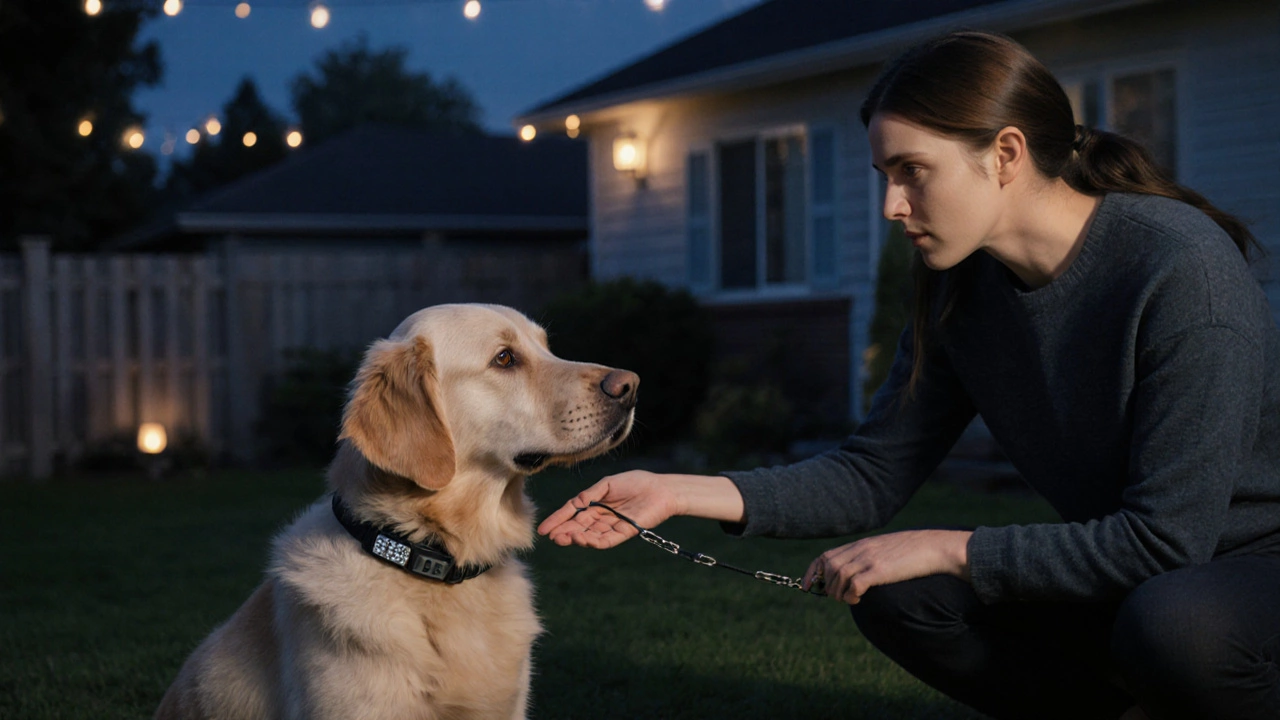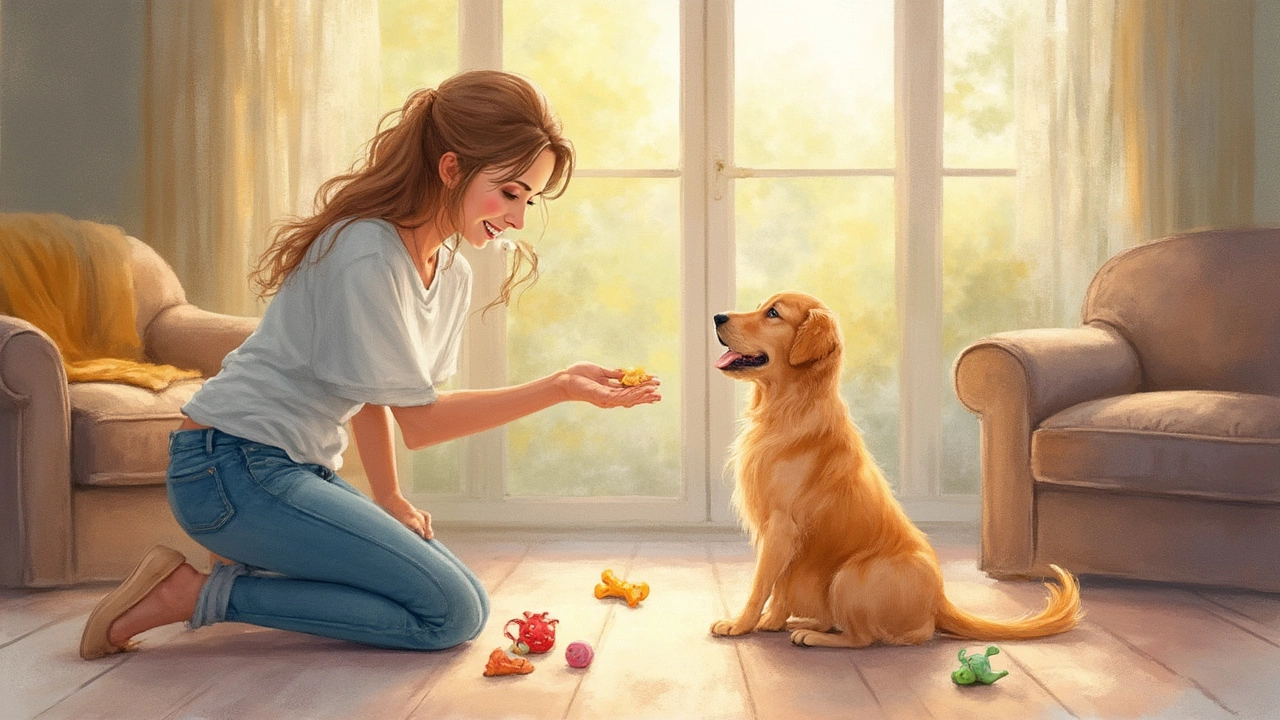Positive Reinforcement: Simple Ways to Train Your Dog Happily
If you’ve ever tried to get your dog to sit, stay, or quit barking, you know how frustrating it can be when the old "no‑good" method just doesn’t click. Positive reinforcement flips the script – you reward the behavior you want, and the dog learns faster. It’s friendly, effective, and keeps training fun for both of you.
Why Rewards Work Better Than Punishment
Dogs are wired to repeat actions that feel good. When you give a tasty treat, a quick play session, or lots of praise right after they do something right, their brain lights up with a dopamine hit. That “feel‑good” signal tells them, "Do that again!" Punishment, on the other hand, creates fear and can shut down learning. Your pup might obey out of fear, but they won’t understand what you actually want.
Quick Positive Reinforcement Tips You Can Use Today
1. Choose the right reward. Some dogs love food, others love a game of chase, and a few just love ear rubs. Test a few options and keep the most motivating one handy.
2. Time it right. The reward must come within a couple of seconds of the desired action. If you wait too long, your dog won’t connect the dots.
3. Keep sessions short. Five to ten minutes is enough. Dogs have short attention spans, and ending on a high note leaves them excited for the next round.
4. Use a marker word. A simple "yes!" or a clicker tells your dog exactly which behavior earned the reward. Consistency is key – use the same word every time.
5. Gradually fade the treats. Once the trick sticks, start mixing in praise or a quick game instead of a treat every single time. This keeps the behavior solid without over‑feeding.
These basics line up with many of the articles on our site – for example, our guide on "How Long Should Dog Training Sessions Last?" explains why short bursts work best, and our piece on "Best Dog Training Collars" mentions collar cues that pair nicely with reward‑based methods.
Positive reinforcement isn’t just for basic commands. It works wonders for problem behaviors, too. If your dog jumps on guests, reward the moment they keep all four paws on the floor. If they’re nervous about the vet, give a treat each time they stay calm in the waiting room. Over time, the scary situation becomes less scary.
Remember to stay patient. Some dogs pick up new tricks in a day, while others take weeks. The key is to keep the mood light and never punish a mistake. A calm, encouraging voice makes the whole experience enjoyable.Ready to try it out? Pick a simple command like "sit," gather a favorite treat, and start rewarding every correct sit. Watch how quickly your pup starts offering the behavior on its own. Before long, you’ll have a toolbox of tricks built on trust and fun.
Positive reinforcement turns training into a game you both love. It builds a stronger bond, reduces stress, and gives your dog the confidence to explore new challenges. So grab those treats, stay consistent, and enjoy watching your furry friend thrive.

Humane Alternatives to Shock Collars: Safe Training Tools for Dogs
Discover pain‑free training tools like vibration, citronella and clicker systems as humane alternatives to shock collars, with pros, cons, a comparison table, and step‑by‑step transition tips.
View more
What Really Stops Dogs From Barking? Proven Ways to Calm Barking Without Harsh Collars
Real fixes for barking: match the cause, train calm behaviors, and use kind tools. Clear steps, checklists, and quick answers you can use today.
View more
Effective Ways to Teach Your Puppy 'No' – Positive Puppy Training Tips
Learn how to teach your puppy the meaning of 'no' using positive, effective strategies. Avoid confusion and set your pup up for a lifetime of good behavior.
View more